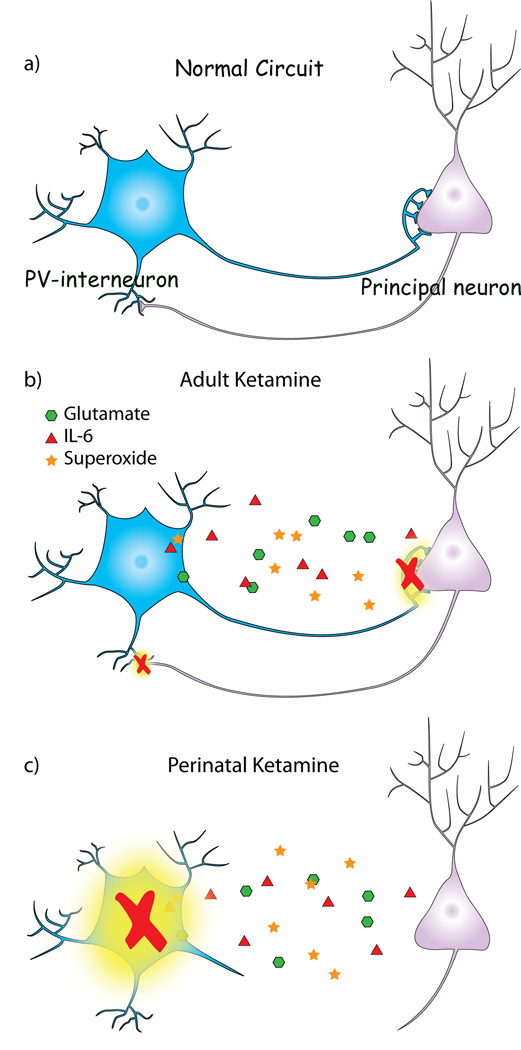Figure 1. Schematic representation of the effects of activation of the IL-6/Nox2 pathway on the PV-interneuronal system in the adult and perinatal brain.
a) PV-interneuronal networks, through feedforward inhibition, control cortical output and generate oscillatory synchrony in the adult brain. b) In the adult brain, the initial disinhibition (increased glutamate) caused by repetitive exposures to sub-anesthetic concentrations of NMDA-R antagonists (i.e. ketamine) leads to the sustained activation of the IL-6/Nox2 pathway. The superoxide thus produced tips the redox balance in brain, leading to the reversible loss of GABAergic phenotype of PV-interneurons. c) If the activation of the IL-6/Nox2 pathway is triggered by repetitive exposure to NMDA-R antagonists during the maturation of PV-interneuronal networks, it produces irreversible loss of PV-interneurons and permanent dysfunction of the PV-interneuronal system in adulthood.

